Outer space: Rogan Gregory thinks big in his new LA studio
The artist’s new Santa Monica studio, a former garbage truck depot, is a blank canvas for big dreams
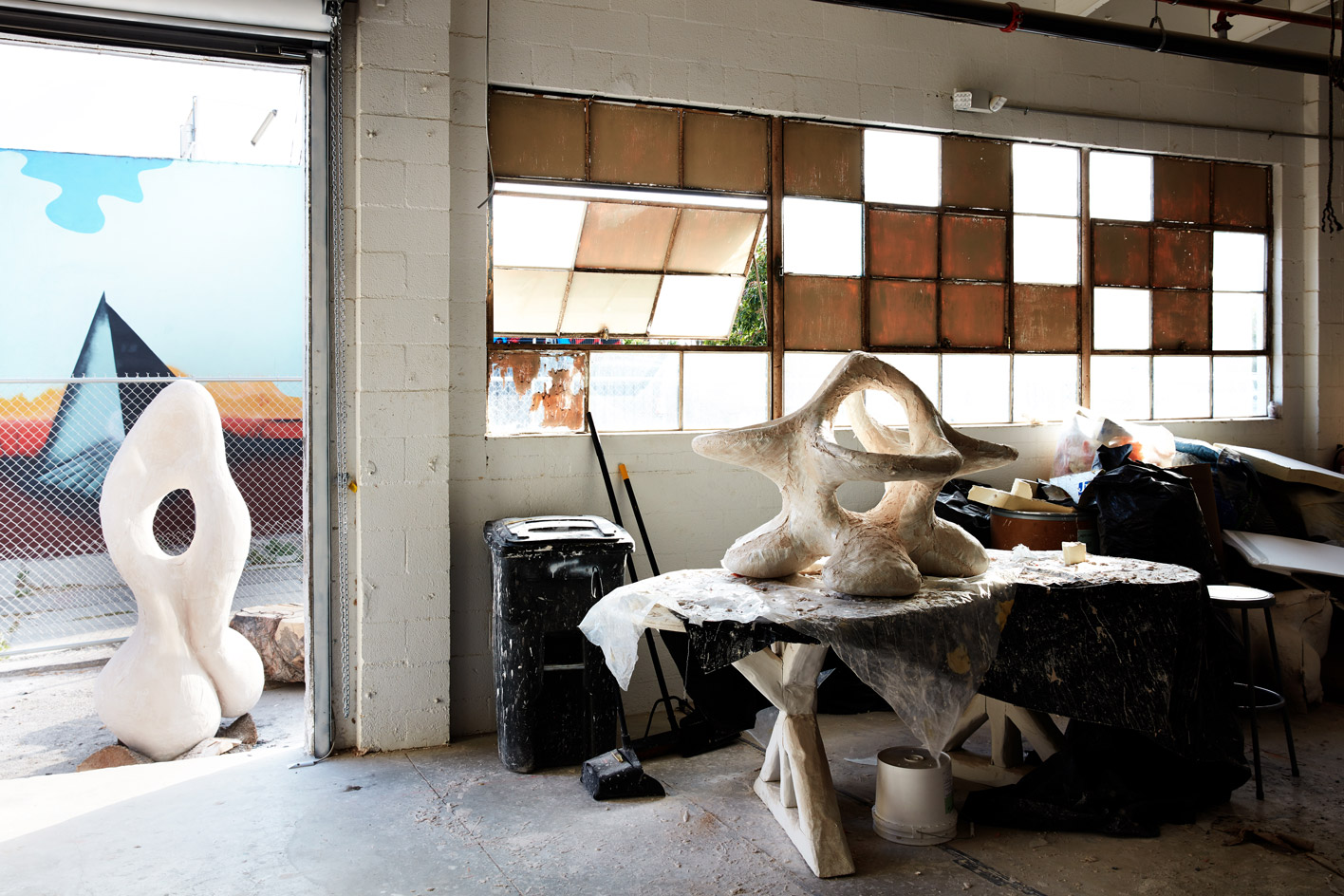
The exodus of New Yorkers from the Big Apple for admittedly practical reasons, like having more space or striking a better work-life balance, has perennially ebbed and flowed; it seems on the upswing now with large corporate offices closed until 2021 and working from home becoming the norm. For the sculptor and longtime New Yorker Rogan Gregory however, his recent move to Los Angeles and taking up a new studio space in Santa Monica was independent of the pandemic.
‘I do a lot of work out in Los Angeles already, I have my foundries out there,’ shares Gregory, who lived in New York City for over 20 years before moving to Montauk and then to Amagansett in Long Island, where he’s lived full-time for the last five. ‘I’m very sensitive to the natural world and while I find and see inspiration in the change of seasons, I‘m more inspired by life; things growing and life-forms. In LA, anything goes; whatever you want to grow can grow, as long as you’ve got some water. There’s a lot of [other] reasons, like weather, but really in the end, I literally needed a change of scenery.’
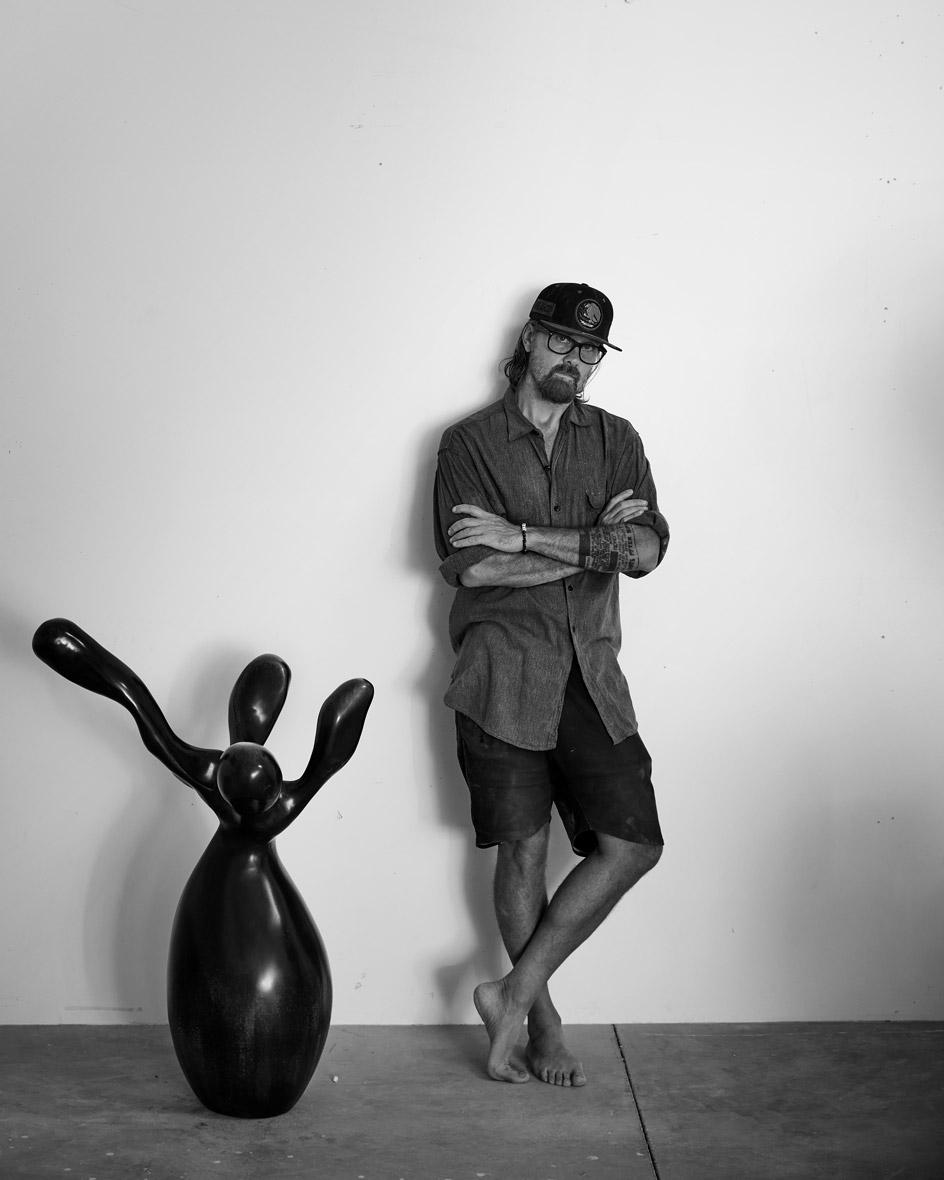
Rogan Gregory stands next to his bronze sculpture, Rupestris in his LA studio
In his new studio, which was originally a depot for garbage trucks with a dirt floor that was then later paved over, Gregory is able to fully realise the large-scale sculptures that he has been most recently focusing on. The minimal, warehouse-style space perfectly serves as a blank canvas for Gregory to sketch, mould and build his wide array of works, which range from statuesque, yet amorphous chairs, and sea creature-like pendant lights, to sculptural bronze floor-standing lights that resemble fauna. ‘It’s a very simple white box. I put a skylight in and a roll-down door, and that’s exactly what I need,’ he states.
‘In LA, I have a lot more space, there’s less of a grind, I can think clearer. From an environmental standpoint, everything is more open and bigger in California. In Amagansett, there are a lot of trees, so your point of view is blocked. I love trees, don’t get me wrong, and I will miss them, but generally speaking, when everything is bigger, you tend to go bigger,’ he says, sharing that he’s currently working on a few outdoor commissions. ‘Obviously when you’re outdoors, the sky’s the limit.’
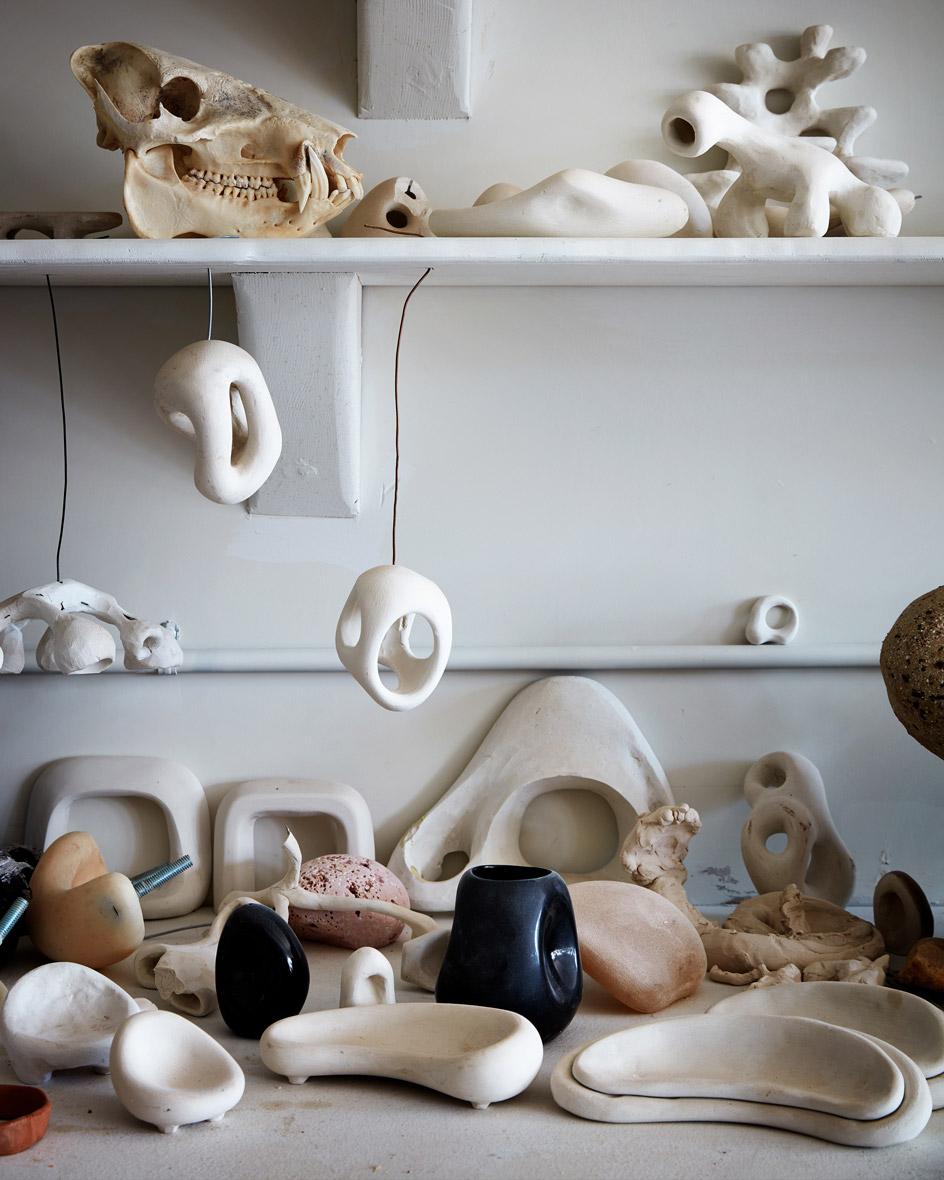
Maquettes for commissions and an animal skull arranged on the shelves in Gregory’s studio
‘Much of Rogan's work is commission-based,’ says Evan Snyderman, principal of R & Company, the gallery that represents Gregory. ‘What is unique about his approach is how much he cares about the way the work connects to the environment it’s created for and how it complements the architecture or the interior it exists within. Every single piece is made in his studio by his own hands, so there is a direct connection to the work, which in turn creates an energy. Clients are drawn to the gesture of a line or a form that alludes to the works’ sensuality.’
Whether it’s the congregation of arching bronze lights that look ‘almost like aliens gathering before they get released’ or a striking black-and-white sculpture that Gregory refers to as ‘the horse’, which you can sit on and will eventually be realised in bronze, all of the work starts off as either a drawing or maquette.
I get up in the morning and draw, or I make maquettes. If I do that for two to three hours, I feel fine. It’s almost like therapy. If I don’t do it, then I’m grouchy
‘I get up in the morning and draw, or I make maquettes. If I do that for two to three hours, I feel fine. It’s almost like therapy. If I don’t do it, then I’m grouchy,’ Gregory says. ‘Anything you can think of, you can realise the general idea of [in a sketch]. Making a maquette is a much more accurate depiction of what the eventual piece will be. It depends on the piece really.’
With much of his inspiration drawn from the natural world, albeit loosely, like ‘thinking about what life could exist on an exoplanet or some liveable planet elsewhere’, or through a lens of weightlessness ‘like you’d find in the ocean’, there is a simultaneously organic and futuristic energy to Gregory’s pieces. The artist, who likes to surf and dive, says, ‘I imagine that a lot of animals that exist in the deep, deep ocean might be similar to what could exist in a place with a different atmosphere, different gravitational pull and the absence of light.’
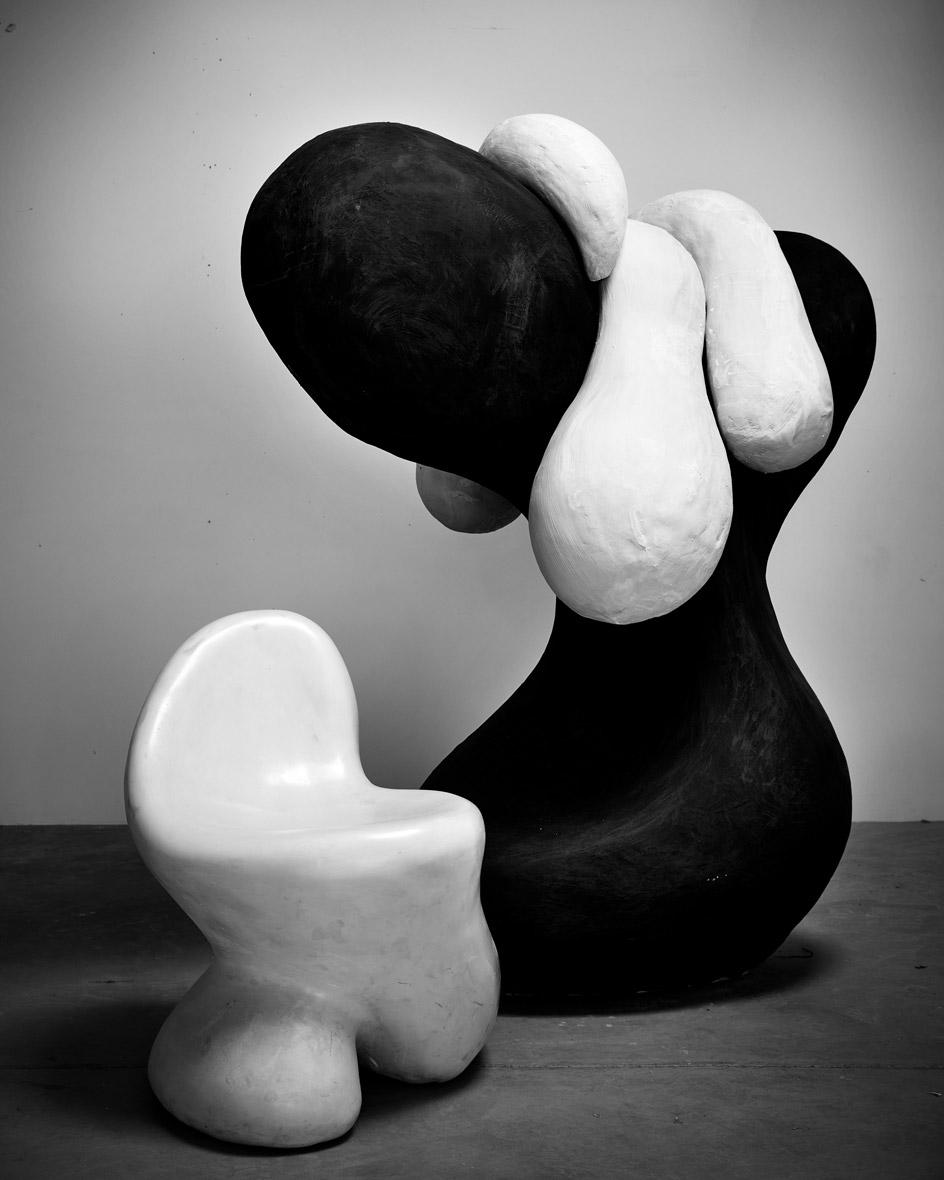
Gregory’s Asymmetrical chair (left) and sculpture Lazy Rider (right)
Despite producing more sculptural pieces of late, Gregory asserts that he does not have a preference for making non-functional over functional pieces. ‘I vacillate between the two. I don’t feel like I want to restrain myself. It wasn’t okay 10 to 15 years ago for people to do both the functional and the fine art, but nowadays [you can],’ he says. ‘I was a clothing designer for a long time, and you had to be functional. So I do come from the belief that things have to be well made. I just like things to be well made.’
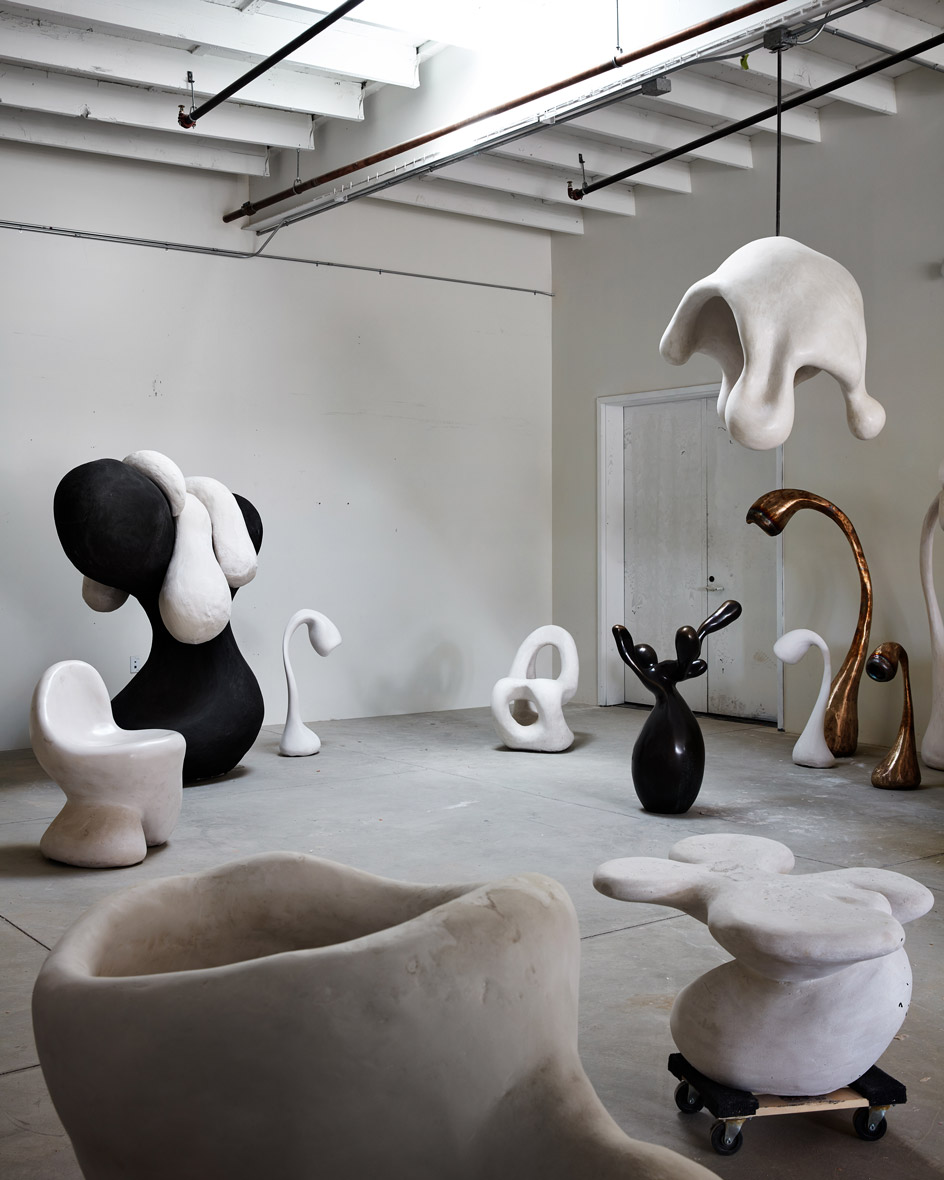
Sculptures displayed in Gregory's studio including the Bronze Arcing Dune floor lights, Hydrozoan pendant light, Lazy Rider sculpture, Rupestris bronze sculpture and Rupestris side table
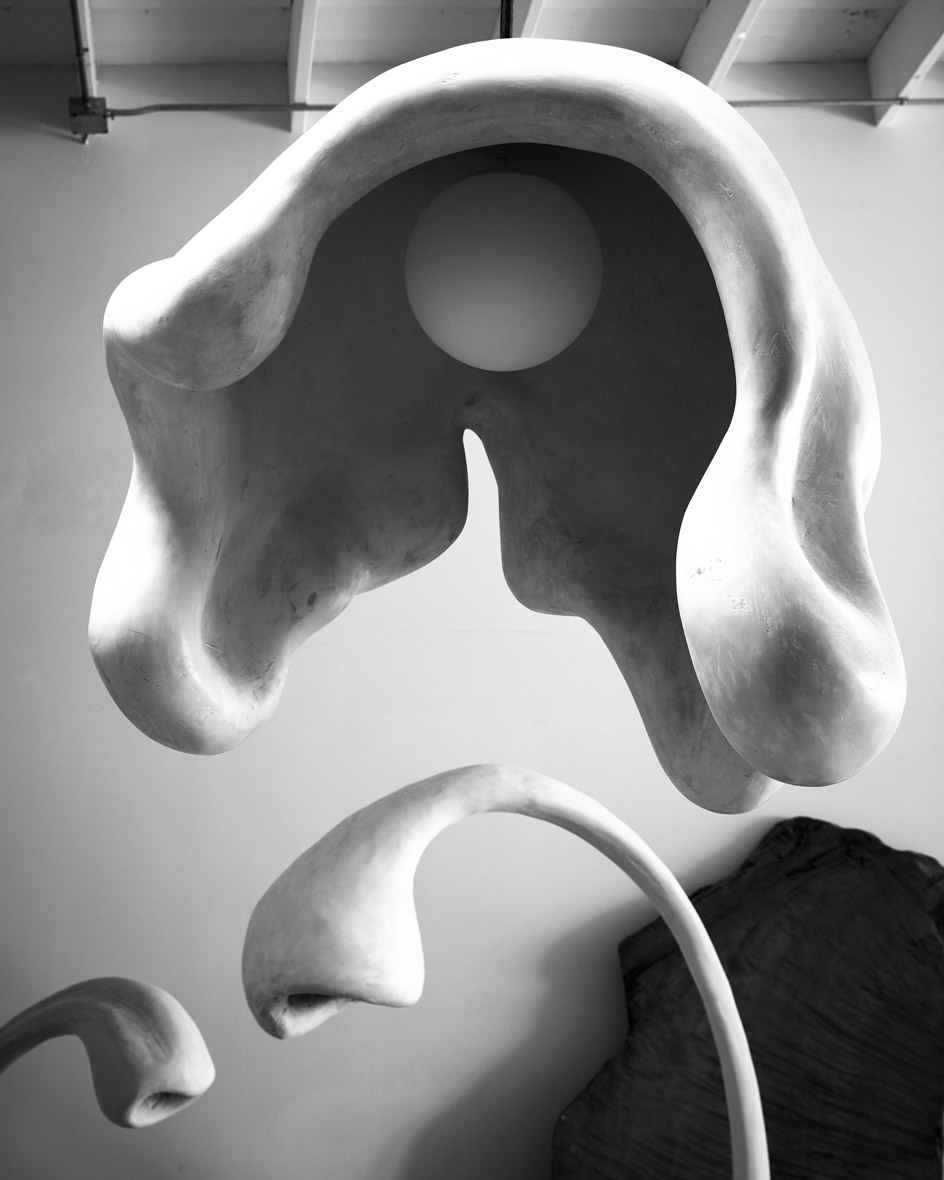
Above: Hyrozoan pendant light. Below: Dune floor lights
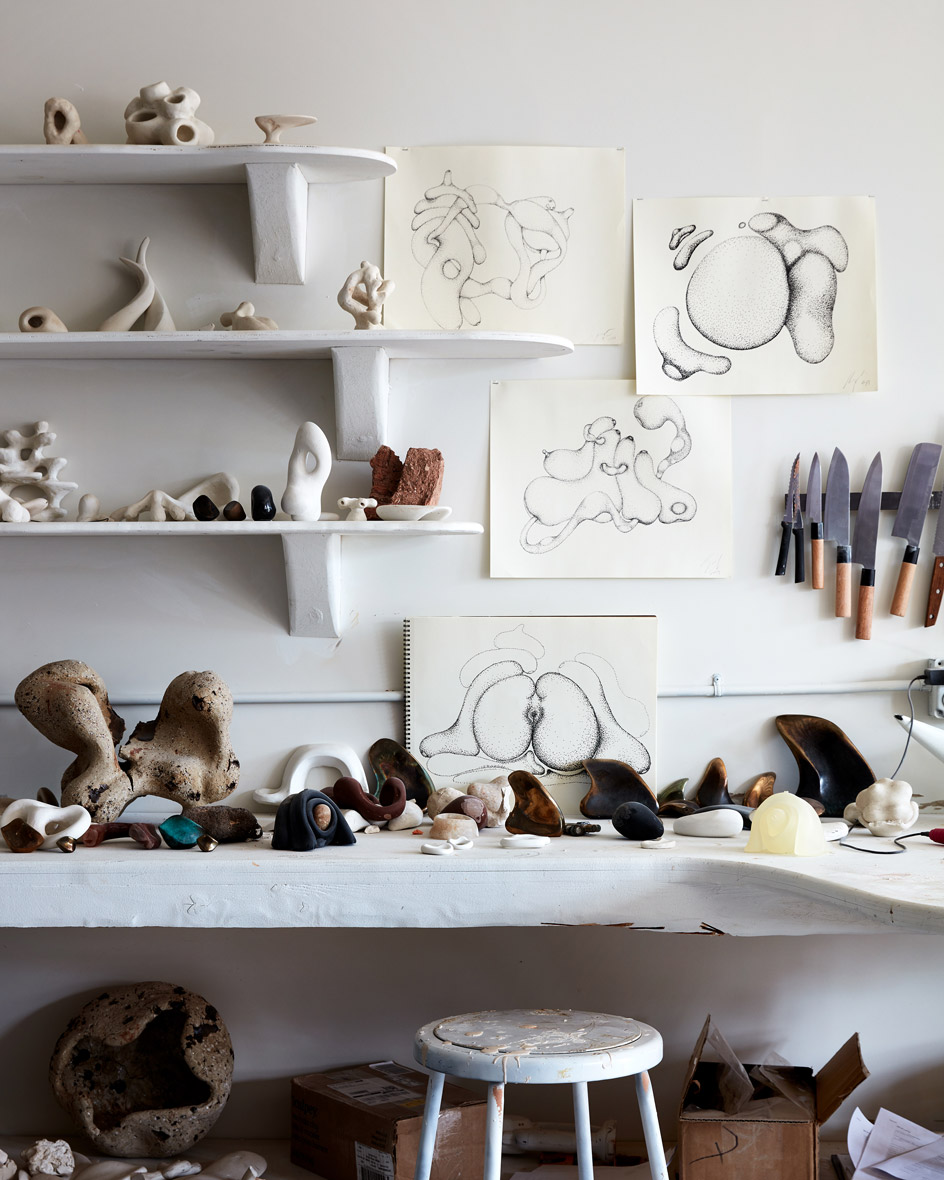
Illustrated studies for fertility forms are seen on the walls alongside maquettes and models for commissions on shelves
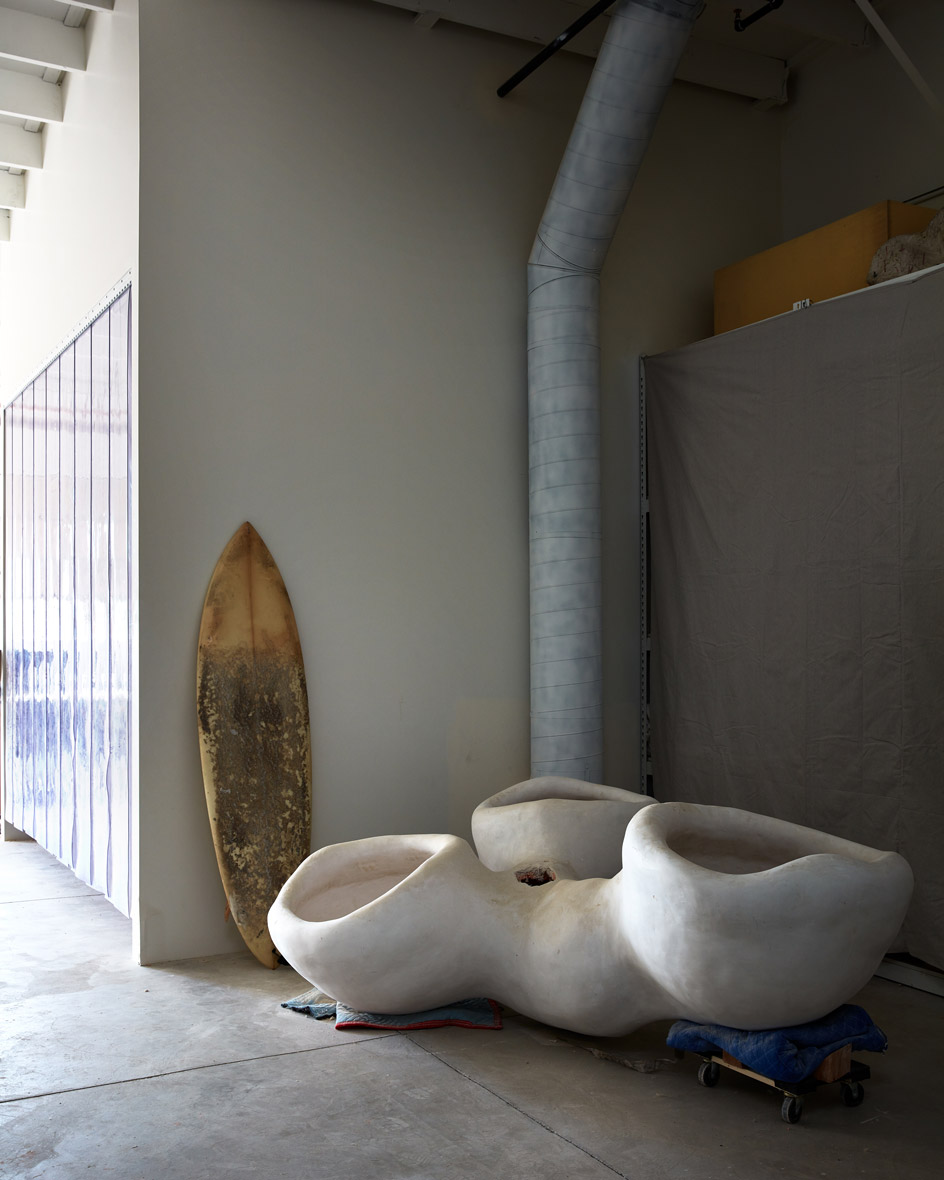
Gregory's Christiansen surfboard leans on a studio wall behind his Triclops pendant light
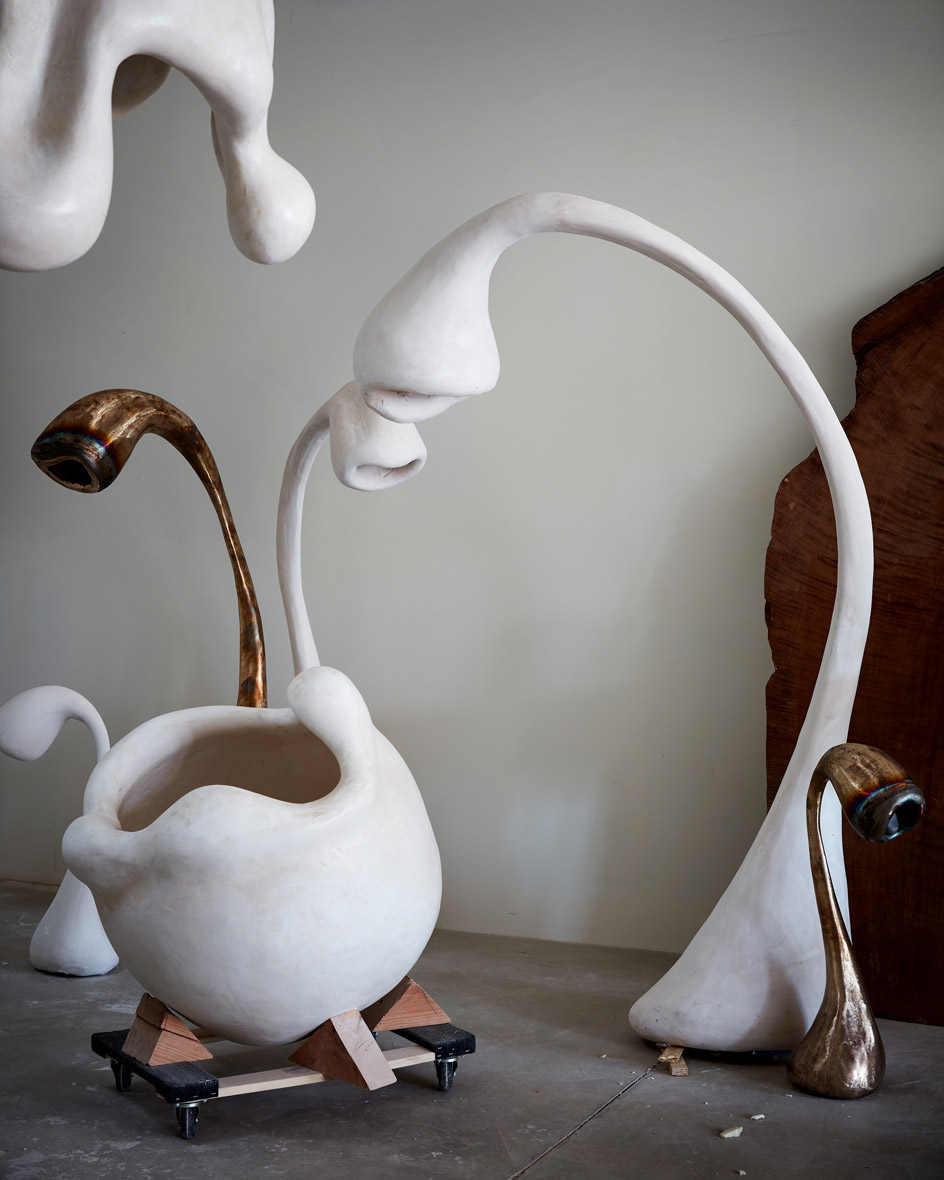
The artist's Hydrozoan and Dune lights
INFORMATION
rogangregory.com
r-and-company.com
Receive our daily digest of inspiration, escapism and design stories from around the world direct to your inbox.
Pei-Ru Keh is a former US Editor at Wallpaper*. Born and raised in Singapore, she has been a New Yorker since 2013. Pei-Ru held various titles at Wallpaper* between 2007 and 2023. She reports on design, tech, art, architecture, fashion, beauty and lifestyle happenings in the United States, both in print and digitally. Pei-Ru took a key role in championing diversity and representation within Wallpaper's content pillars, actively seeking out stories that reflect a wide range of perspectives. She lives in Brooklyn with her husband and two children, and is currently learning how to drive.
-
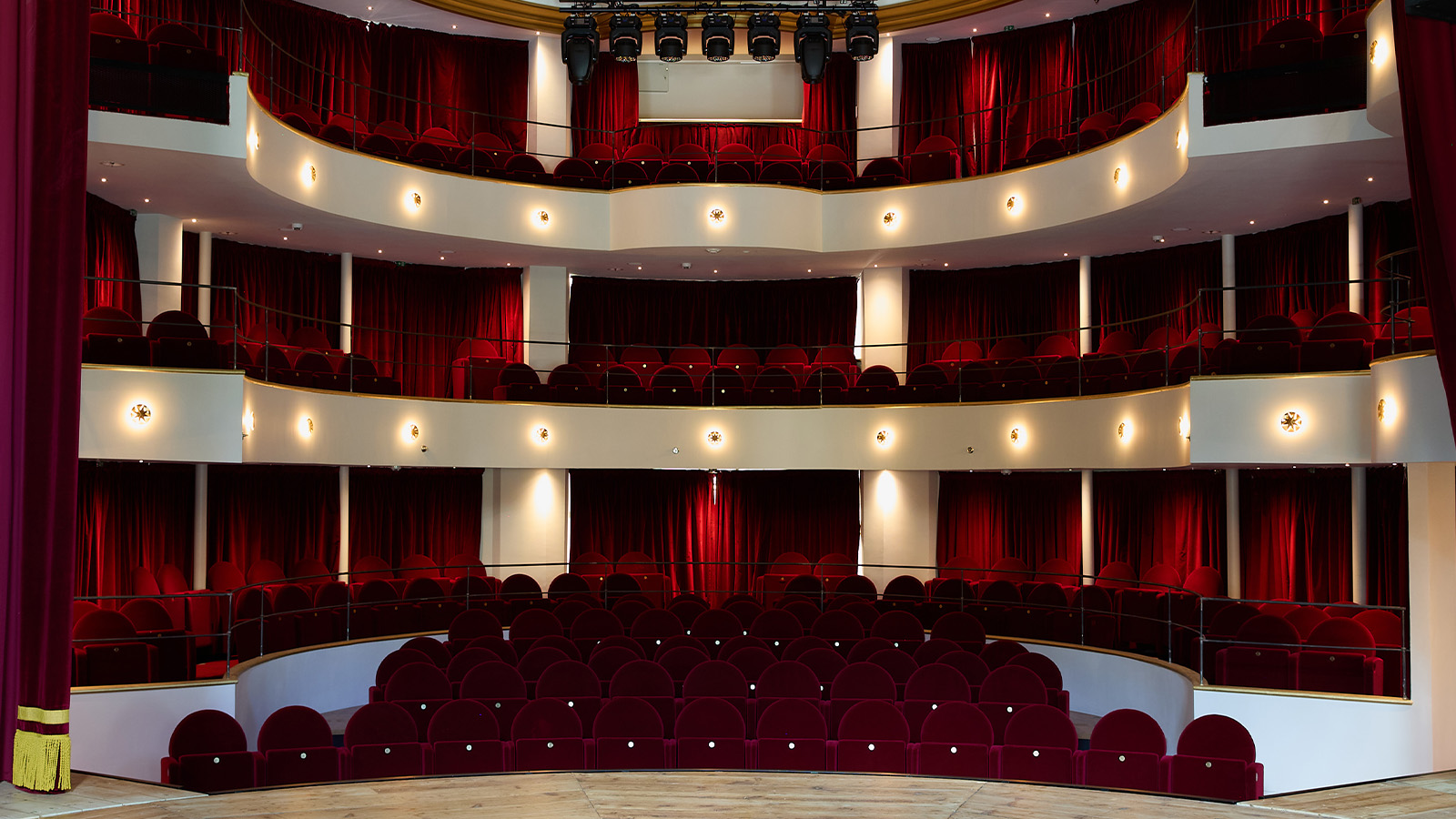 A restored 1950s Rome theatre raises its curtain in collaboration with Poltrona Frau
A restored 1950s Rome theatre raises its curtain in collaboration with Poltrona FrauTeatro della Cometa was given a refresh by architect Fabio Tudisco, with new seating by Poltrona Frau to accommodate contemporary viewing
-
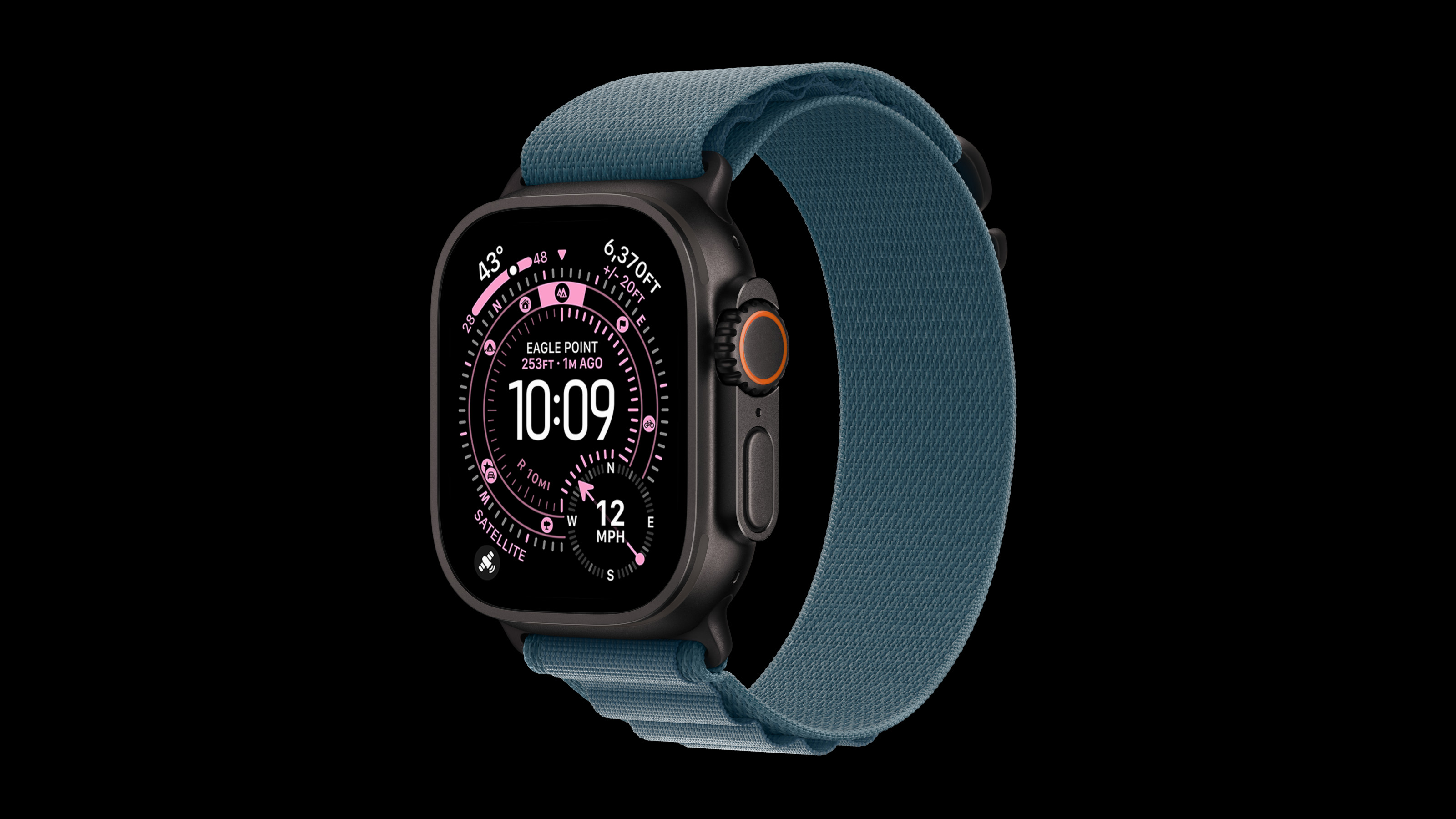 Apple Watch Ultra 3 has innovation at its heart – a 3D-printed titanium case
Apple Watch Ultra 3 has innovation at its heart – a 3D-printed titanium caseWe delve into Apple’s pioneering use of 3D-printed metal, and how it ties in with the company’s path to carbon neutrality
-
 Tour an Athens penthouse – its designers’ own ‘house in the sky’
Tour an Athens penthouse – its designers’ own ‘house in the sky’This penthouse by Block722 is the architecture studio founders' own home and shows off impeccable detailing and dreamy, airy vibes
-
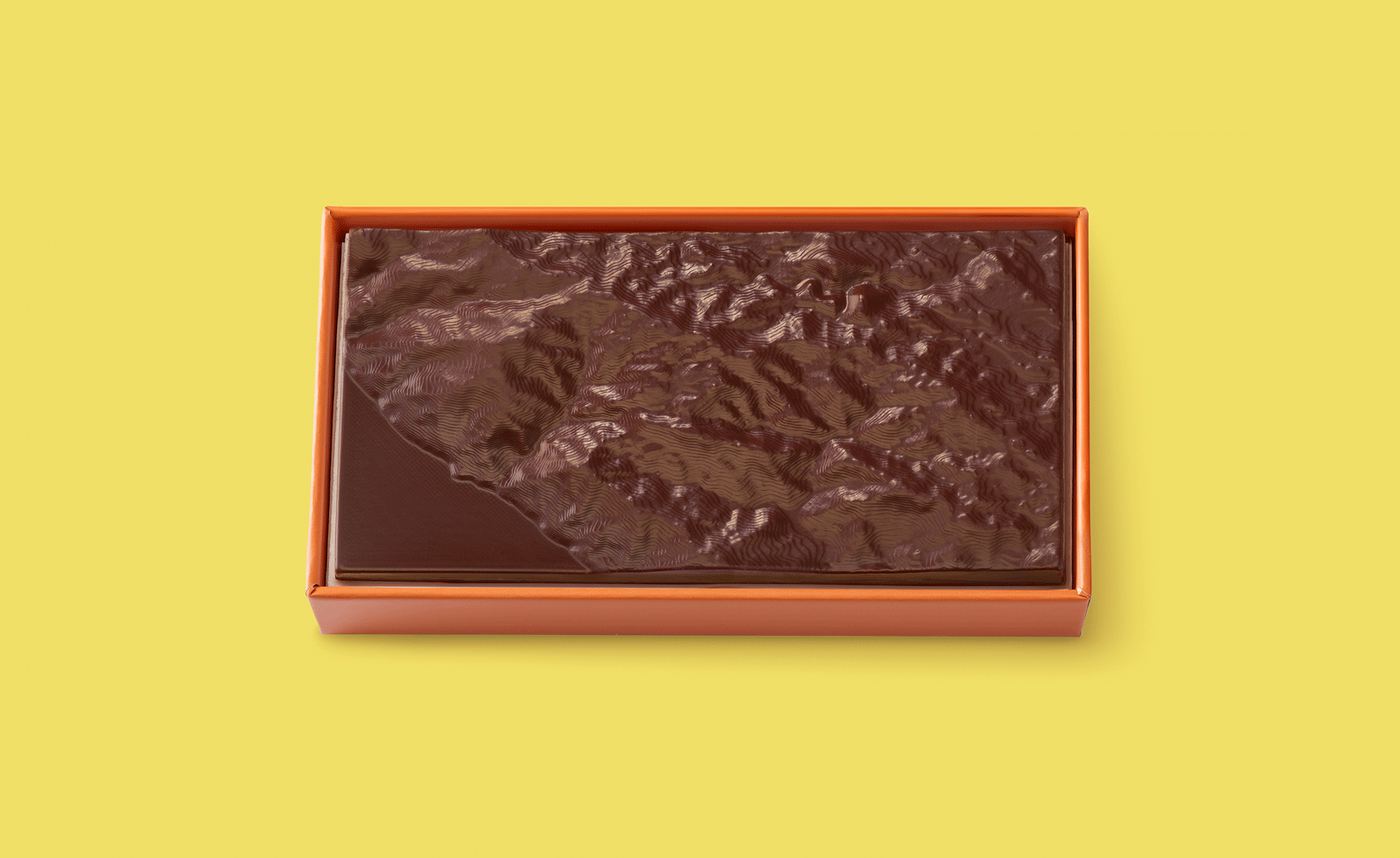 Ed Ruscha’s foray into chocolate is sweet, smart and very American
Ed Ruscha’s foray into chocolate is sweet, smart and very AmericanArt and chocolate combine deliciously in ‘Made in California’, a project from the artist with andSons Chocolatiers
-
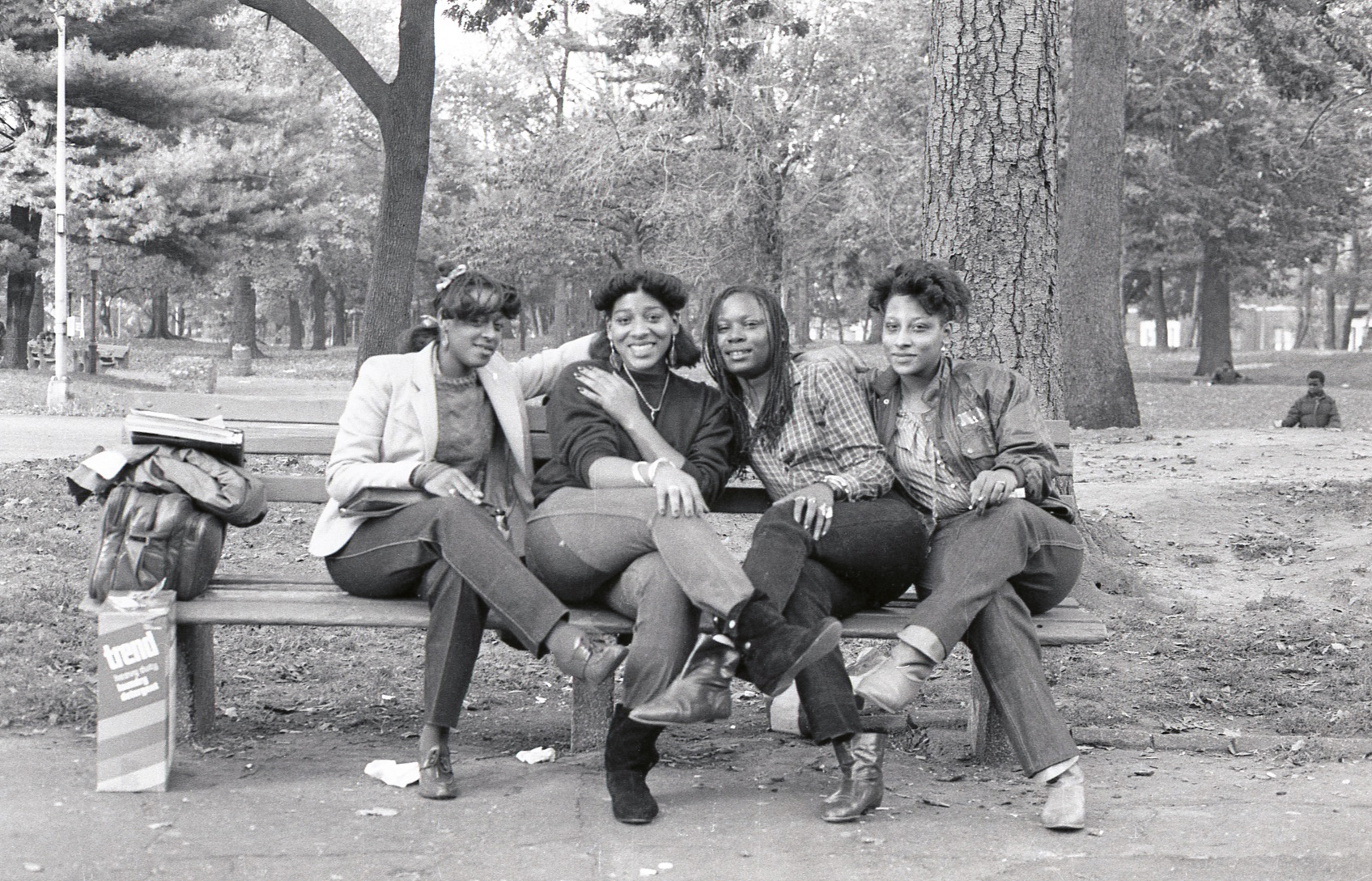 Jamel Shabazz’s photographs are a love letter to Prospect Park
Jamel Shabazz’s photographs are a love letter to Prospect ParkIn a new book, ‘Prospect Park: Photographs of a Brooklyn Oasis, 1980 to 2025’, Jamel Shabazz discovers a warmer side of human nature
-
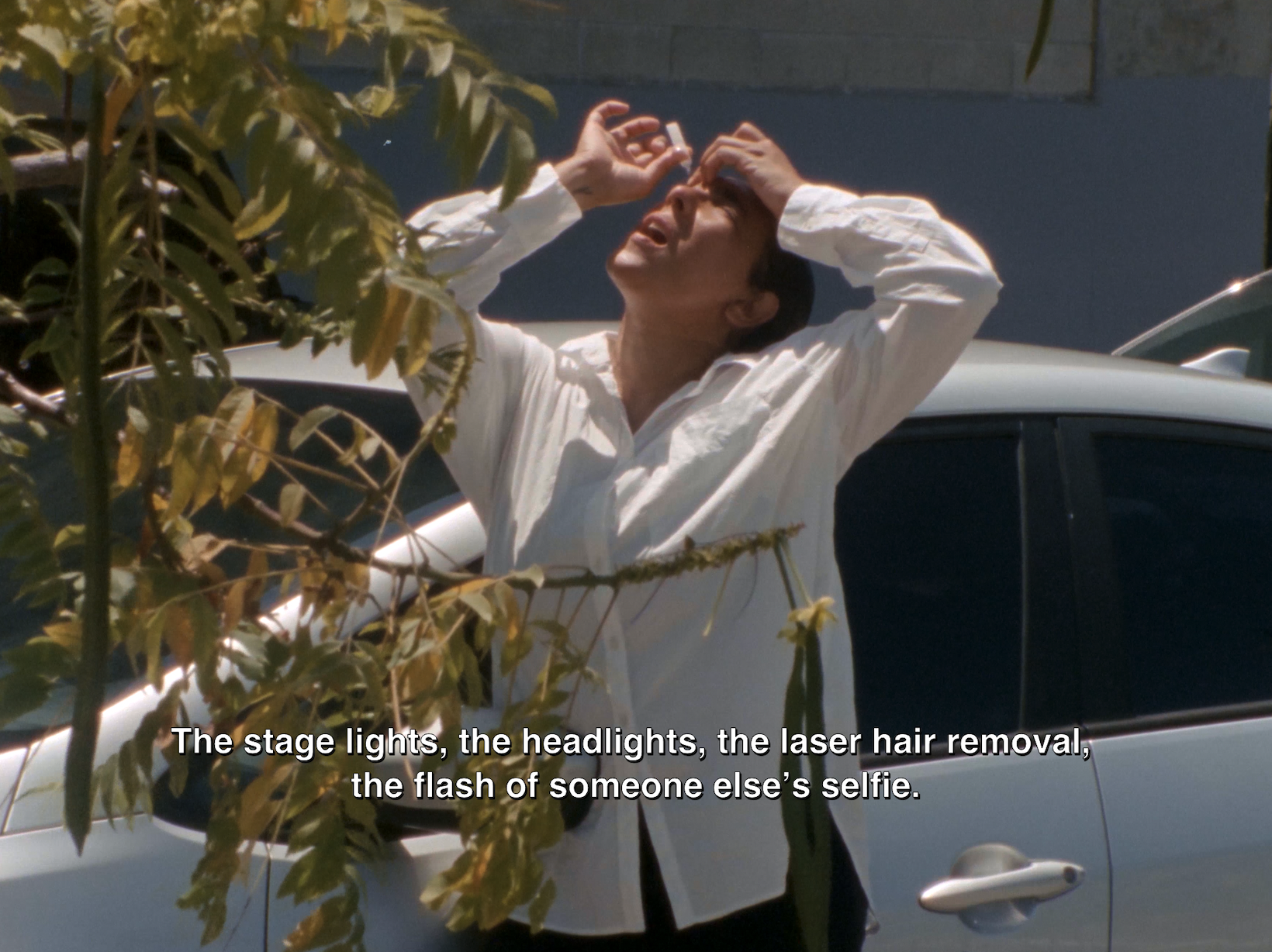 The Hammer Museum in Los Angeles launches the seventh iteration of its highly anticipated artist biennial
The Hammer Museum in Los Angeles launches the seventh iteration of its highly anticipated artist biennialOne of the gallery's flagship exhibitions, Made in LA showcases the breadth and depth of the city's contemporary art scene
-
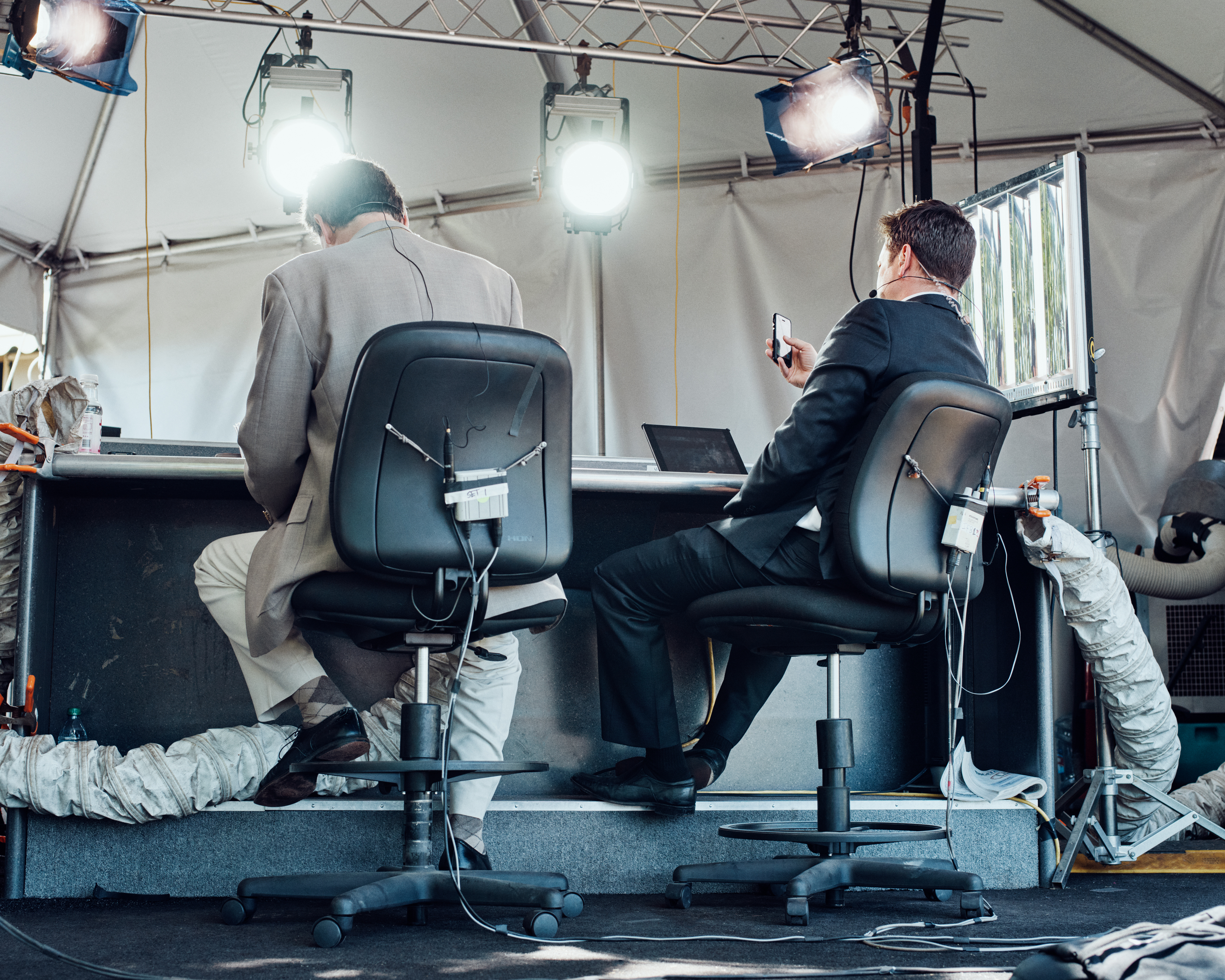 Thomas Prior’s photography captures the uncanny fragility of American life
Thomas Prior’s photography captures the uncanny fragility of American lifeA new book unites two decades of the photographer’s piercing, uneasy work
-
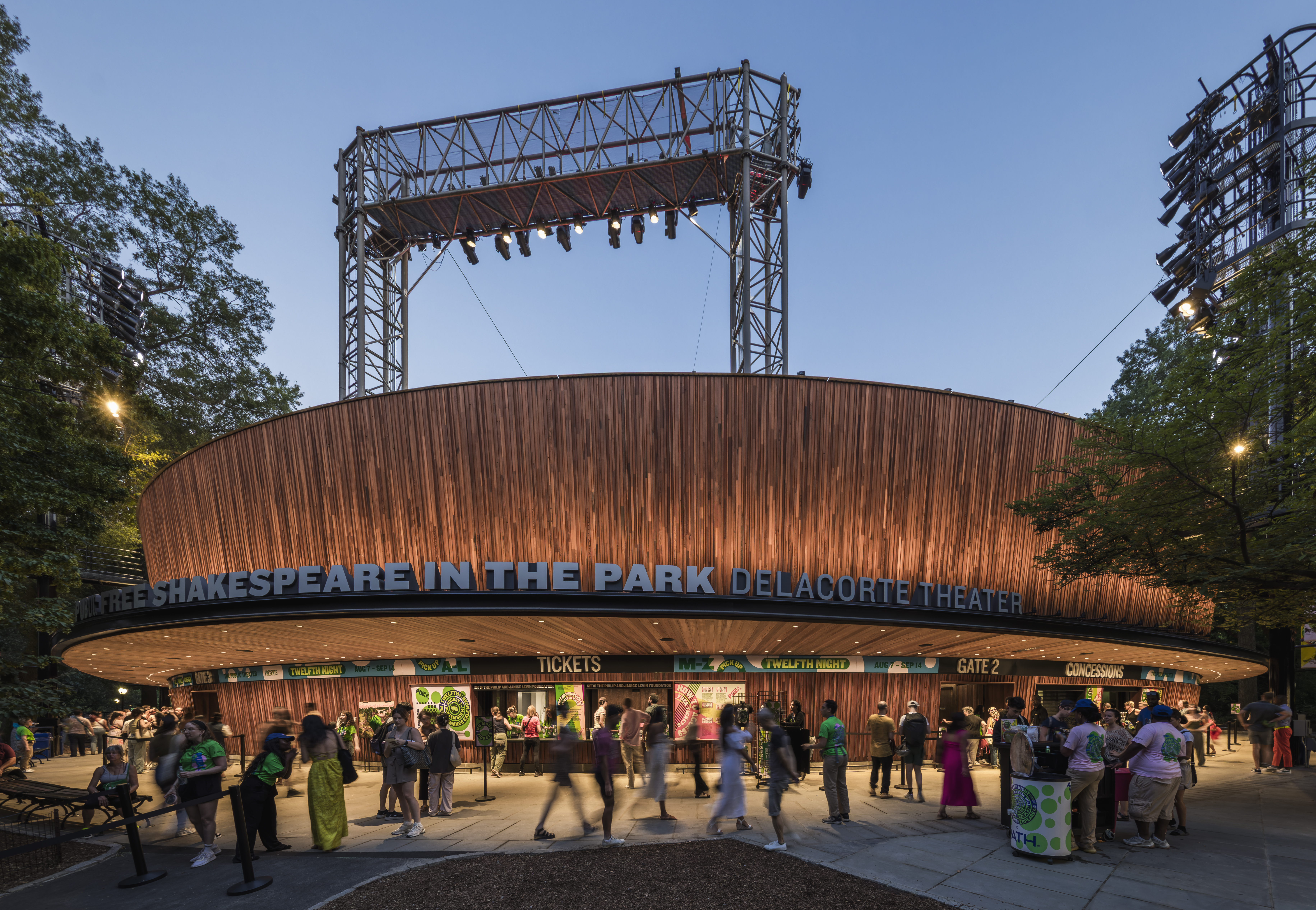 Central Park’s revitalised Delacorte Theater gears up for a new future
Central Park’s revitalised Delacorte Theater gears up for a new futureEnnead Architects helmed an ambitious renovation process that has given the New York City cultural landmark a vibrant and more accessible future
-
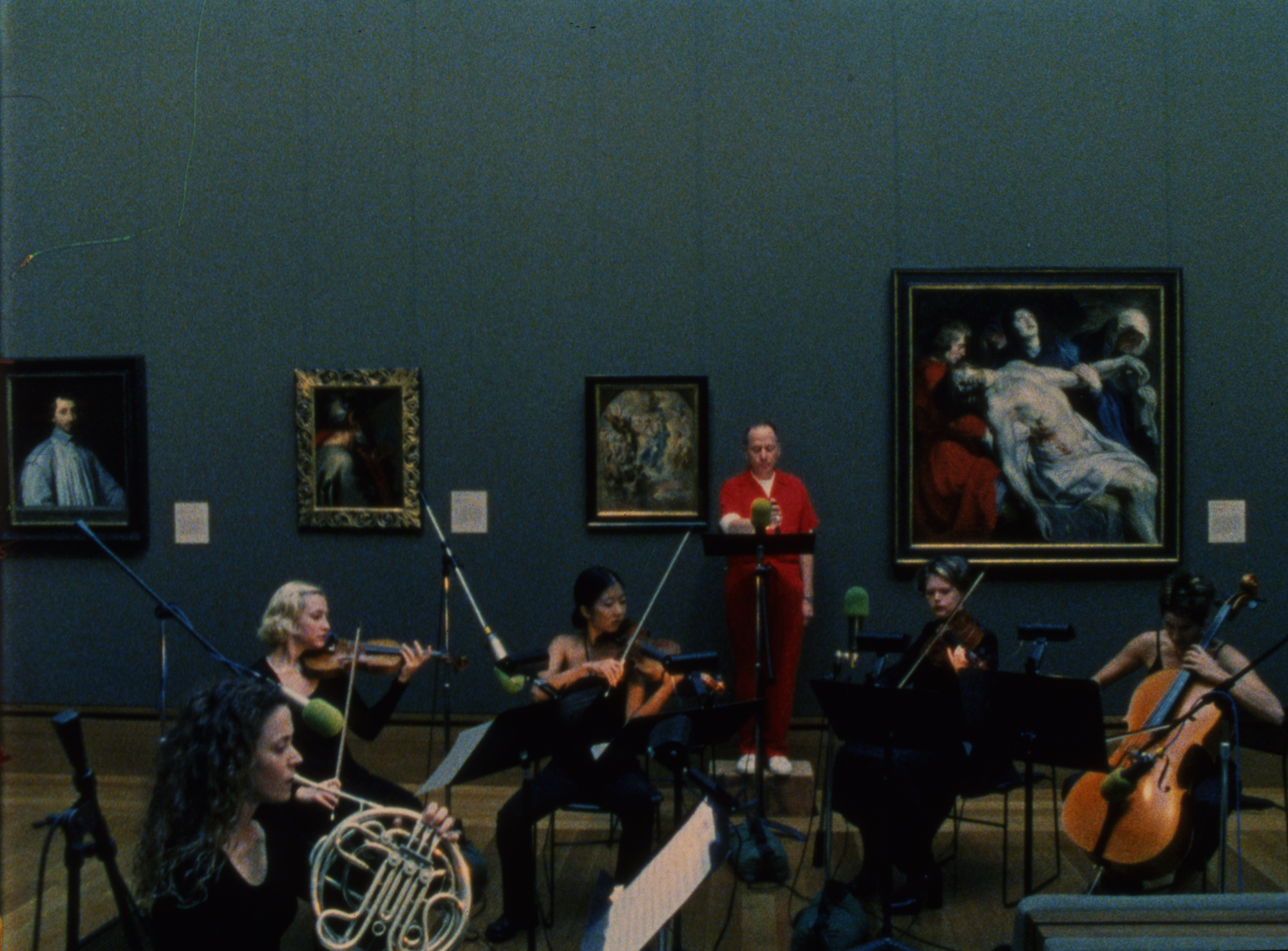 Stephen Prina borrows from pop, classical and modern music: now MoMA pays tribute to his performance work
Stephen Prina borrows from pop, classical and modern music: now MoMA pays tribute to his performance work‘Stephen Prina: A Lick and a Promise’ recalls the artist, musician, and composer’s performances, and is presented throughout MoMA. Prina tells us more
-
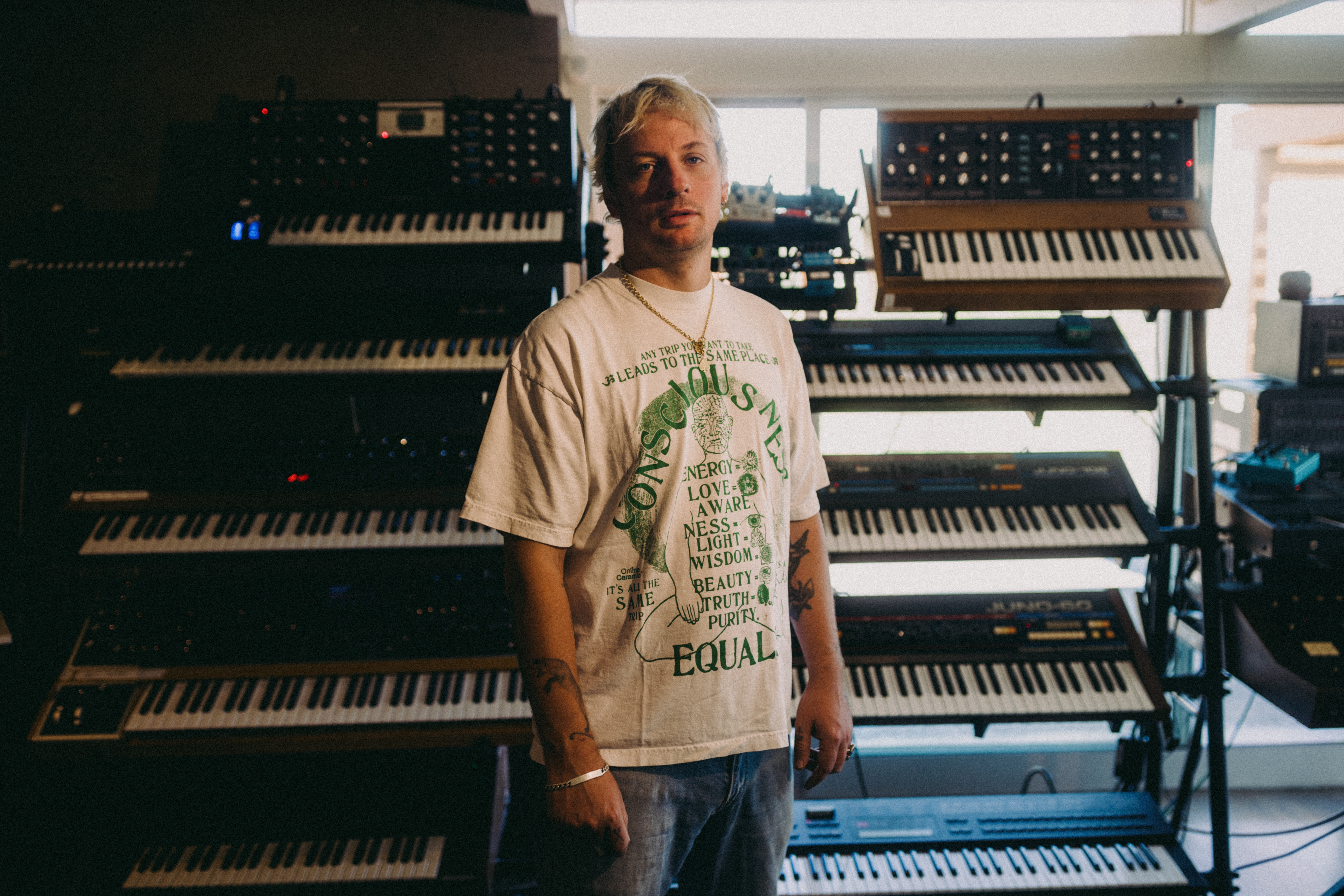 Curtains up, Kid Harpoon rethinks the sound of Broadway production ‘Art’
Curtains up, Kid Harpoon rethinks the sound of Broadway production ‘Art’He’s crafted hits with Harry Styles and Miley Cyrus; now songwriter and producer Kid Harpoon (aka Tom Hull) tells us about composing the music for the new, all-star Broadway revival of Yasmina Reza’s play ‘Art’
-
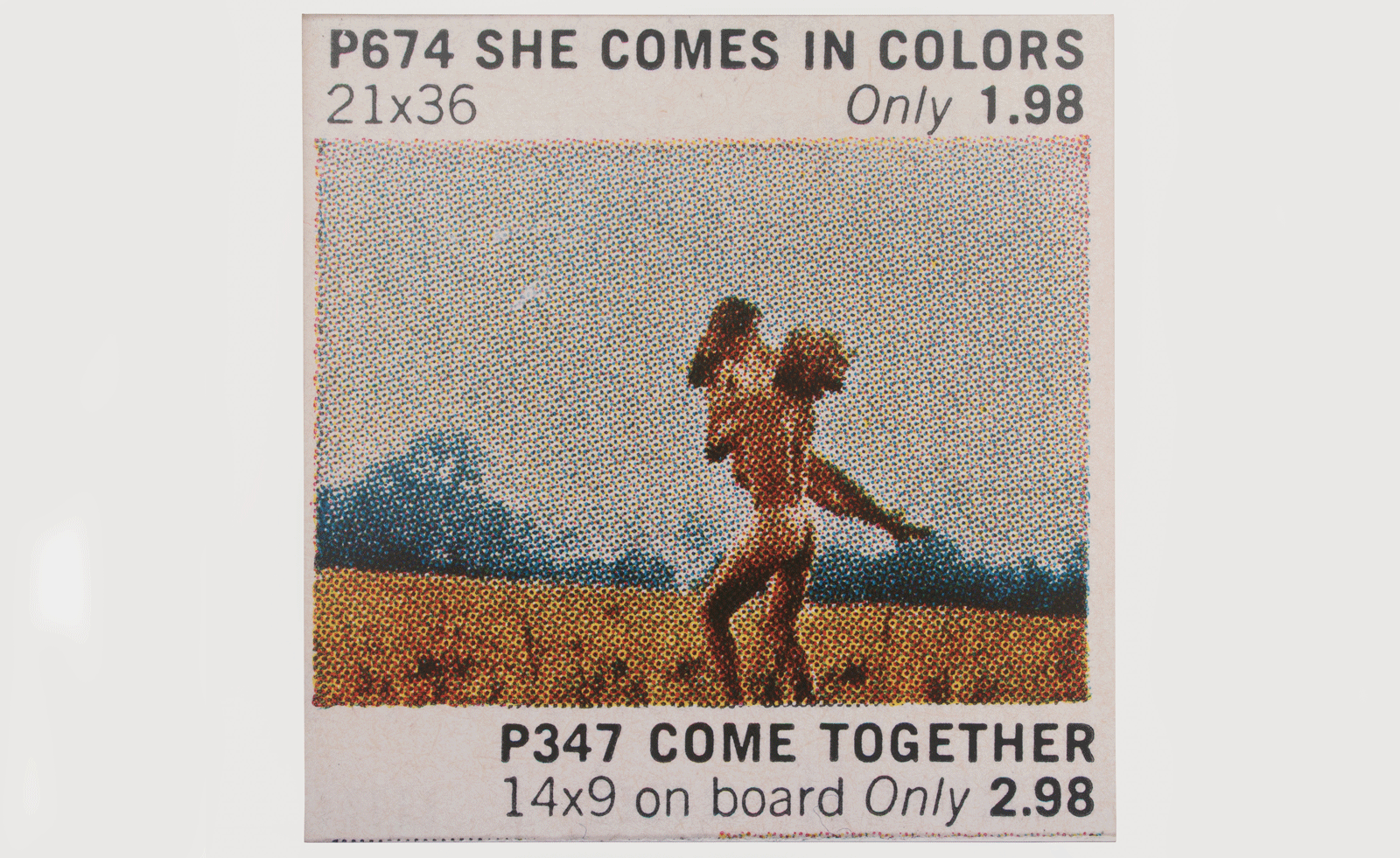 Richard Prince recontextualises archival advertisements in Texas
Richard Prince recontextualises archival advertisements in TexasThe artist unites his ‘Posters’ – based on ads for everything from cat pictures to nudes – at Hetzler, Marfa